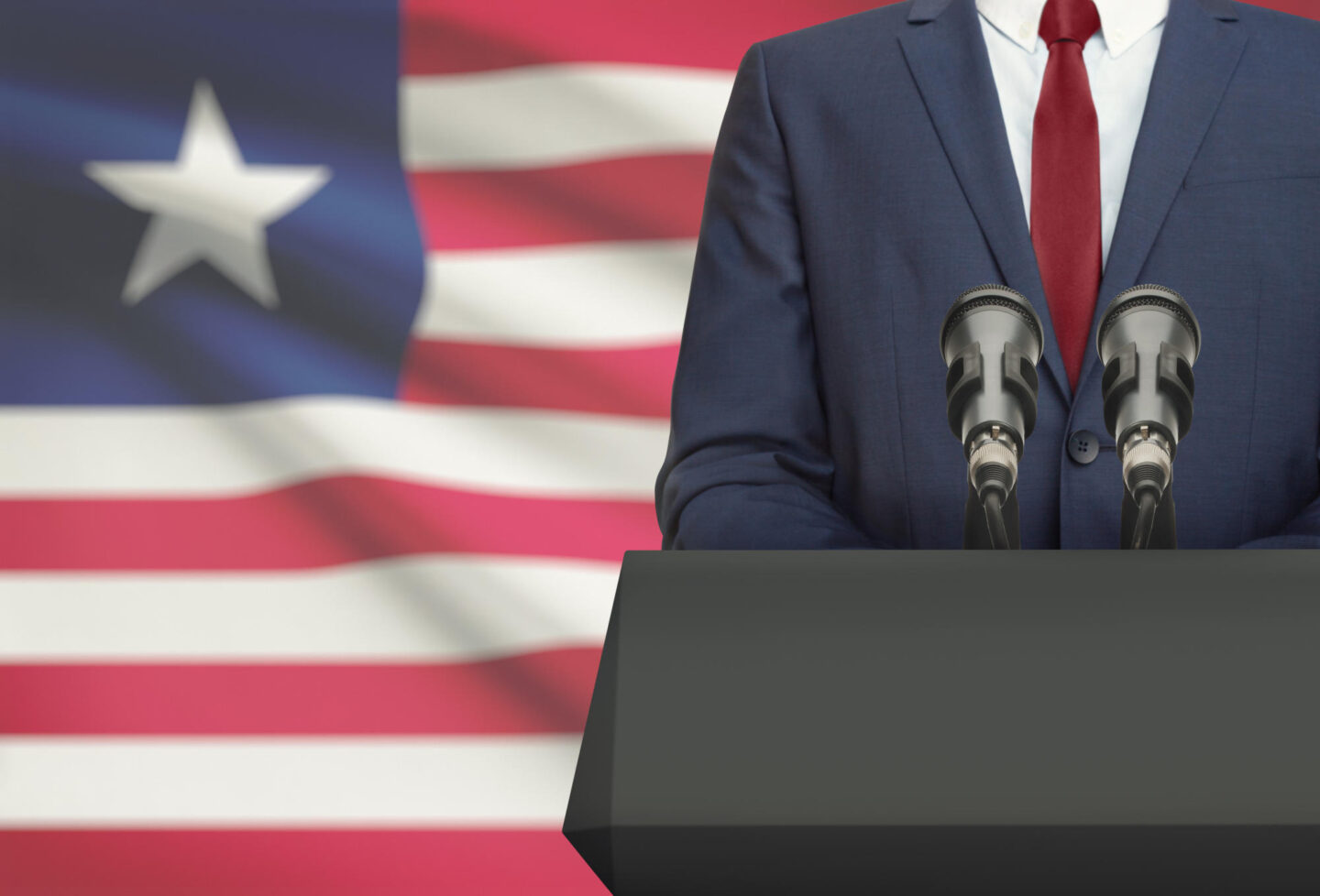
LLMs will hallucinate forever – here is what that means for your AI strategy
OpenAI’s research shows AI hallucination is unavoidable. Leaders must adapt strategies, using limits as opportunities for innovation and resilience....

by Anna Cajot Published June 3, 2025 in Strategy • 7 min read
The President’s tariff negotiations are an extreme example of using game theory to conduct negotiations. The idea is to limit the moves the other side can make.
“I’m imposing tariffs tomorrow, and I’ll only remove them if you agree to X, Y, and Z.” Welcome to the world of Donald Trump and his use of an extreme and unconventional form of game theory. “His approach may appear unstructured,” explains expert Sebastian Moritz, “but at its core, he sets up negotiations where the other side has very limited choices.”
Entering a negotiation with such an extreme and aggressive stance, backed by credible threats, is not something you’d recommend as a professional negotiator, admitted Moritz, a Managing Partner at TWS Partners. “And yet, he does it. It forces the other party to respond quickly and make concessions because they believe he’ll follow through.” That’s a crucial part of the strategy: credibility and commitment.
In high-stakes negotiations, success seldom hinges on improvisation. Meticulous planning and strategizing are often defining factors between breakthrough and deadlock. A game theorist anticipates conflicts before they arise, shaping the “game” before the players even sit at the table.
“Successful negotiators don’t play by their counterpart’s rules,” said Moritz. “They shape the rules of the game and, ultimately, the outcome.”
Game theory offers a framework to assess the situation and the players involved, helping you understand their objectives, incentives, and likely moves. “If you apply the same level of analysis to yourself, you can identify where interests overlap and where they don’t,” Moritz explained. Beyond analysis, game theory allows you to shape the structure of the negotiation, limiting the other party’s options. Ideally, this increases the likelihood of them making concessions or accepting your offer.
Trump is far from alone in making use of game theory. During the Brexit negotiations, the European Union “was strategic in shaping the negotiation process before actual discussions began,” noted Moritz. First, the EU and the UK agreed to negotiate the withdrawal agreement before moving on to the future relationship. The move prevented the UK from leveraging issues like fishing rights or financial market access in London as bargaining chips during the negotiations of the “divorce agreement”. “By structuring the game upfront, they positioned themselves favorably from the outset.”
For leaders, Moritz’s message is clear. “You don’t reduce uncertainty by reacting to a crisis, you reduce it by shaping the negotiation before it starts,” he said
This forces them to consider the consequences of walking away. Since most decision-makers are risk-averse, they will hesitate before rejecting an offer that’s already tangible and available.
Many experts define fear or loss aversion as the main driver in negotiations. It can impede your decision-making and, therefore, the entire process. On the other hand, it can be leveraged to exert pressure on your negotiation partner.
“People are far more motivated by the fear of losing something than by the opportunity to gain something of equal value,” said Moritz. Playing on this fear can be used strategically.
“We might tell a partner: ‘Because you’re a key strategic partner, we’re giving you an exclusive one-week window to negotiate directly with our leadership. If we don’t reach an agreement, this privilege you have compared to other contenders disappears.’” This triggers loss aversion – the fear of losing a special privilege. “Instead of seeing the negotiation as an opportunity, they now see it as something they risk losing, making them more likely to engage seriously.”
Another tactic is to put a signed deal in front of your negotiation partner and say, “You have a signed offer from our company in your hands. If you reject it, then it’s your decision not to shake hands.”
This forces them to consider the consequences of walking away. Since most decision-makers are risk-averse, they will hesitate before rejecting an offer that’s already tangible and available.

“To prove his point, he suggested examining the way Trump announced tariffs.”
“From a game theory perspective, power in negotiations comes down to two key factors,” said Moritz. “The first is the number of alternatives available to you. The second is your ability to commit to a specific course of action. These are the two levers of power in play.”
To prove his point, he suggested examining the way Trump announced tariffs. “He doesn’t present them as mere suggestions – he fully commits to implementing them.” This leaves the other side with few options: either reject the proposal outright, escalating the conflict, or make concessions to de-escalate. Power comes from making it clear that stepping back isn’t an option for you. In Trump’s case, “the other party understands that giving in would mean a loss for him, and he never puts himself in a position where he appears to lose.”
BATNA (Best Alternative to a Negotiated Agreement) is well-known in negotiation theory. If you have strong alternatives, your power increases.
“Last year, I worked on a negotiation where a business was heavily reliant on a supplier due to the structure of their supply relationship,” said Moritz. “In preparing for negotiations with the incumbent supplier, we spent nearly 90% of our time developing an alternative source, not because it was technically superior or due to dissatisfaction with the existing partner, but to credibly establish an alternative. This ultimately gave us greater leverage in the negotiation with the preferred, long-standing partner.” He added, “Often, you need to invest more time in the options you don’t like than in the ones you prefer.”
The most effective approach combines both levers: having alternatives while committing to clear conditions for making a deal. “If you can publicly commit to certain actions if the other side does not agree, and you also have fallback options, your position is significantly stronger,” said Moritz.
He pointed out that this framework can also be used to weaken the other party’s position. How can you challenge their commitment? How can you limit their options? The power in negotiation lies not only in reinforcing your position but also in deliberately constraining the other side’s options and level of commitment.

While ending up deadlocked is seen as one of the biggest risks in high-stakes, multi-party negotiations, game theorists argue that it can be strategically avoided.
“From a game theory perspective, the best strategy is to prevent a deadlock before it even arises,” said Moritz. Strategizing and carefully planning the course of the negotiation are key. It helps you play the negotiation game better than the other party, creates maximum impact for your organization, and ensures you leave nothing on the table.
Effective negotiators don’t simply adhere to the other party’s rules; they craft the rules themselves and ultimately determine the result. “A well-structured negotiation creates conditions where the other party naturally moves toward an agreement rather than conflict,” said Moritz.
Some level of conflict is inevitable and signals that you’re at the point where both sides feel powerful and are pushing for their best possible outcome. However, says Moritz, “The objective should be to avoid stagnation and create an environment where the other party makes concessions that align with your interests.”
Conventional negotiation strategies tend to be reactive, addressing conflicts only as they emerge. In contrast, game theorists anticipate potential issues in advance. Their goal is to shape the dynamics before the negotiation even begins. This proactive mindset helps prevent discussions from devolving into unproductive stalemates.

Managing Partner at TWS Partner
Sebastian Moritz will chair the Shaping Negotiations with Game Theory: Strategies Before You Enter the Room workshop at this year’s Negotiation Conference on 23-24 October in Zurich.
Sebastian Moritz is Managing Partner at TWS Partners. Moritz advises blue-chip organizations and executives across industries on strategic negotiations, leveraging an economic framework rooted in game theory and related disciplines such as behavioral economics. His contributions have earned multiple prestigious awards, recognizing both the ingenuity of his work and the successes achieved.

International Director at the Schranner Negotiation Institute
Anna Cajot is the International Director at the Schranner Negotiation Institute, where she leads a think tank focused on high-stakes negotiations and high-performance leadership. She provides senior executives with a comprehensive support system, offering access to an exclusive network of the world’s top negotiation experts to help them navigate and lead complex negotiations with confidence and success.

September 12, 2025 • by José Parra Moyano in Strategy
OpenAI’s research shows AI hallucination is unavoidable. Leaders must adapt strategies, using limits as opportunities for innovation and resilience....

August 18, 2025 • by Michael D. Watkins in Strategy
Michael Watkins & Brenda Steinberg share strategies in this I by IMD podcast to turn post-summer blues into leadership and personal growth....

August 11, 2025 in Strategy
Mercuria's CFO, Guillaume Vermersch, discusses how technology, sustainability, and strategic agility influence contemporary finance in international energy and commodities trading....

August 7, 2025 • by David Bach in Strategy
Global shifts in AI, trade, and aging demand bold strategy. Hear Maria Vassalou’s insights on how leaders must rethink the future to stay ahead....
Explore first person business intelligence from top minds curated for a global executive audience